08
2022
-
08
Analysis of cosmetic raw materials (full of dry goods! Recommended collection)
The main raw materials of cosmetics are usually divided into general matrix raw materials and natural additives . Common base materials for cosmetics include:
Oily raw materials are the most widely used raw materials in cosmetics. They play a role in protecting, moisturizing and softening the skin in skin care products, and in styling and hairdressing in hair products. Surfactants can reduce the surface tension of water and have the ability to decontaminate the skin. , wetting, dispersing, foaming, emulsifying, thickening and other functions, known as industrial monosodium glutamate;
Moisturizer is an essential raw material for cream cosmetics. Its function is to prevent the cream from drying and cracking and keep the skin moist;
Binder, mainly used for hair spray, mousse and gel mask;
Powder, mainly used in the manufacture of fragrant powder products; pigments, dyes, mainly used in the manufacture of cosmetic modification products;
Preservatives, antioxidants, inhibit the growth of microorganisms during the shelf life of cosmetics and during consumer use;
Fragrance, increase the fragrance of cosmetics and increase the value of the product;
Other raw materials, including UV absorbers, dye intermediates for dyeing black hair, perm raw materials, antiperspirants, deodorants, anti-dry and cracked skin raw materials, anti-acne raw materials, etc.
Common natural additives include hydrolyzed gelatin, hyaluronic acid, superoxide dismutase (SOD), royal jelly, silk fibroin, mink oil, pearl, aloe vera, medical stone, organic germanium, pollen, alginic acid, sea buckthorn, Chinese herbal medicine, etc.
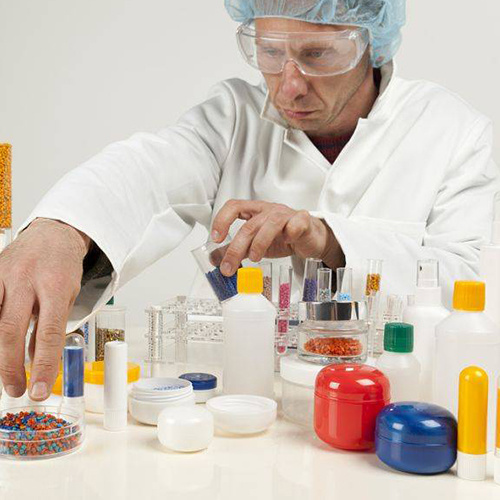
Synthetic raw materials refer to modified oils and waxes that are processed and synthesized from various oils or raw materials. Not only are they similar in composition to raw oils and retain their advantages, but they are not only in terms of purity, physical shape, chemical stability, microbial stability, and skin irritation. The properties and skin absorption have been significantly improved and improved, so it has been widely used in various cosmetics. Commonly used synthetic oil raw materials are: squalane, lanolin derivatives, polysiloxanes, fatty acids, fatty alcohols, fatty acid esters, etc.
Powdery raw materials are mainly used for powdered cosmetics, talcum powder, fragrant powder, pressed powder, lipstick, rouge and eye shadow and other raw materials. In cosmetics, it mainly plays the role of covering, smoothing, adhesion, absorption and extension; the raw materials commonly used in cosmetics include inorganic powdery raw materials, organic powdery raw materials and other powdery raw materials.
These raw materials generally contain heavy metals that are toxic to the skin. When applied, the heavy metal content should not exceed the content specified in the National Cosmetics Hygiene Standard.
The colloidal raw material is a water-soluble polymer compound, which can swell into a colloid in water, and can produce a variety of functions when used in cosmetics, which can make the solid powdery raw material stick and shape, as a glue, for emulsions or suspensions. It acts as an emulsifying agent, acts as an emulsifier, and in addition has a thickening or gelling effect.
The water-soluble polymer compounds used in cosmetics are mainly divided into two categories: natural and synthetic.
Natural water-soluble polymer compounds include: starch, plant gum, animal gelatin, etc., but the quality is unstable, easily affected by climate, geographical environment, limited output, and easily deteriorated by bacteria and mold.
Synthetic water-soluble polymer compounds include polyvinyl alcohol, polyvinylpyrrolidone, etc., which have stable properties, low skin irritation and low price, so they have replaced natural water-soluble polymer compounds and become the main source of colloid raw materials. It is further divided into semi-synthetic and synthetic water-soluble polymer compounds.
Semi-synthetic water-soluble polymer compounds are often used: methyl cellulose, ethyl cellulose, sodium carboxymethyl cellulose, hydroxyethyl cellulose, and guar gum and its derivatives. Synthesis of water-soluble polymer compounds are commonly used: polyvinyl alcohol, polyvinylpyrrolidone, acrylic polymers, etc. These are used in cosmetics as adhesives, thickeners, film formers, and emulsion stabilizers.
Cosmetic raw materials are updated with the changes in the demand of the cosmetics consumer market. Consumers' requirements for skin care products not only have functions such as cleaning and moisturizing, but also hope to remove wrinkles and enhance skin elasticity. Cosmetic manufacturers have begun to use a large number of natural active cosmetic raw materials . In addition, due to anti-aging, the demand for natural ingredients in skin care products has increased, and various vitamins, actives, and plant essences will dominate the world cosmetics raw material market in the future.
Experts pointed out that this consumption trend will be a popular trend in the global cosmetics market in the future. Others used for skin and hair care include shrimp shell extract chitosan, seaweed extract algae sugar and yeast or fungus extract. β-glycans.
Auxiliary raw materials refer to the raw materials that stabilize and modify the content itself (aroma, smoothness, color, etc.), such as preservatives, antioxidants, chelating agents, colorants, flavors, etc.
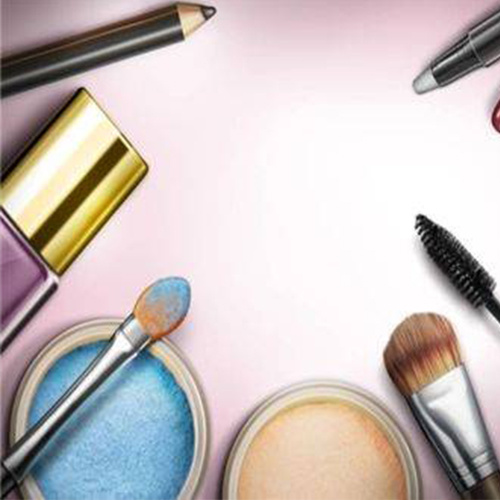
Related News

National Service Hotline:
Sales Center: Room 2410, Building A2, Poly Yuzhu Port, No. 856, Huangpu Avenue East, Huangpu District, Guangzhou City, Guangdong Province
Factory Address: Room 402, Building 32, Zhifu Garden, Shunde, No. 8, 2nd Ring Road, Gaozan Village Committee, Xingtan Town, Shunde District, Foshan City, Guangdong Province

The Public
Copyright © 2022 Guangzhou Yangrun Industrial Co., Ltd. | SEO | Website: WWW.300.CN



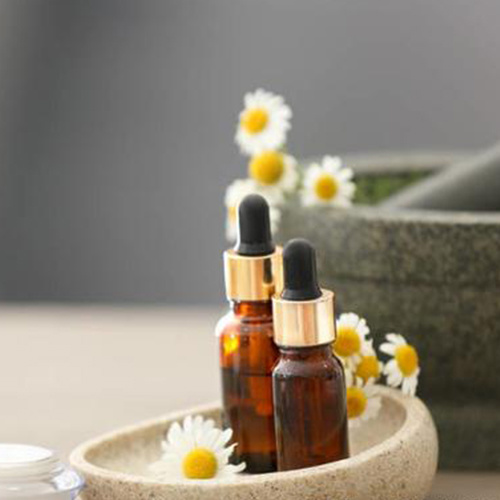
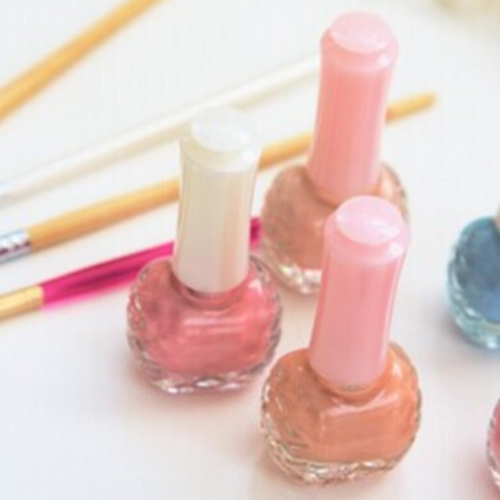
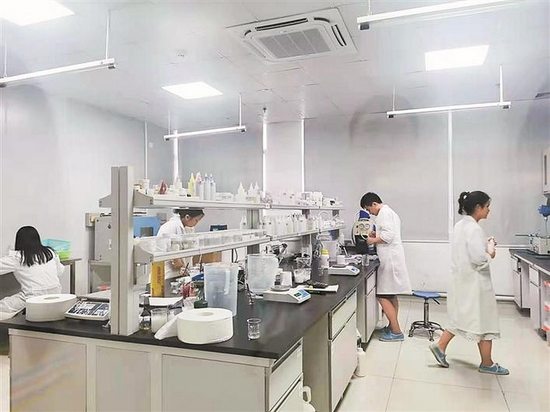






 laminatefloor@163.com
laminatefloor@163.com 

 Message
Message 